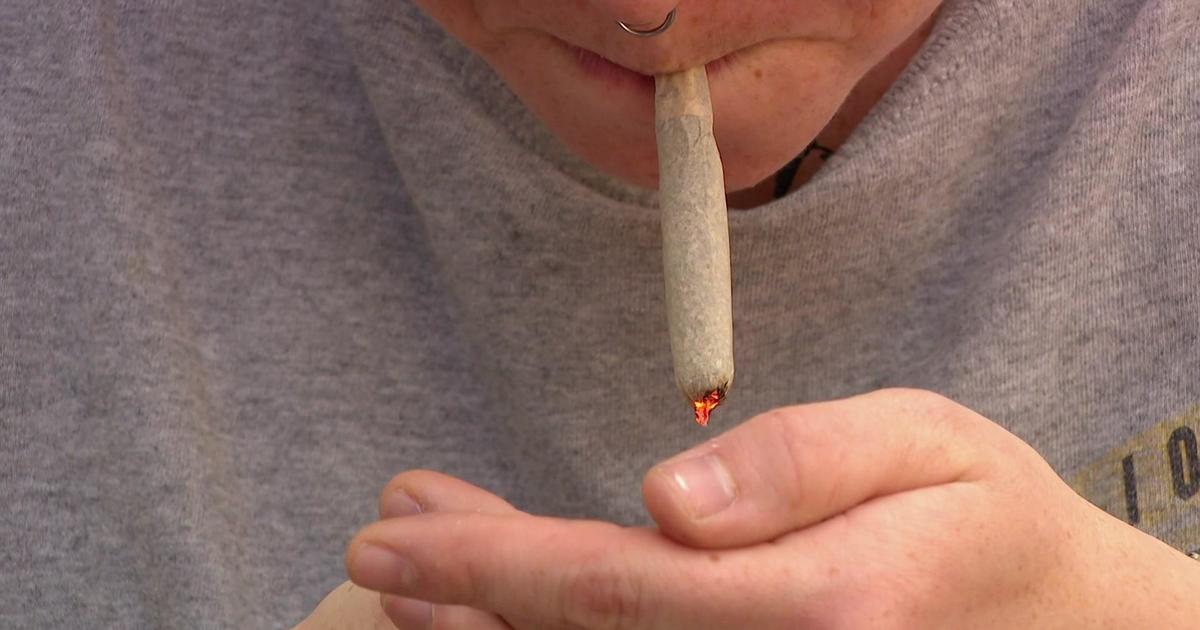Expanding Slime Has Captured The Imagination Of US Navy
Follow CBSMIAMI.COM: Facebook | Twitter
PANAMA CITY (CBSMiami/AP) — Nickelodeon would be proud.
It looks and feels a lot like snot, but Navy researchers believe slime produced by the primitive hagfish could help save lives.
The bottom-dwelling hagfish is commonly referred to as a slime eel because it looks like an eel and produces a slimy substance that quickly expands in water to enable it to escape from predators by clogging up an attacker's gills.
That unique capability is what has captured the Navy's imagination.
Its researchers believe that, by reproducing the slime, they one day could replace synthetic products derived from petroleum, such as Kevlar that's used in bulletproof vests. It's not just science fiction, either.
The Navy says one of its research teams in Panama City, Fla., has already re-created the material. Now it's beginning to work on how best to turn the synthetic slime into something useful.
"From a tactical standpoint, it would be interesting to have a material that can change the properties of the water at dilute concentrations in a matter of seconds," Ryan Kincer, a materials engineer at Naval Surface Warfare Center, Panama City Division, said in a statement.
The Navy also envisions using the material in products to protect firefighters and divers, as an anti-shark spray, and as a coating for ships to protect against algae, barnacles and other aquatic life that typically attach to them. Eventually, some products derived from the slime could work their way into the private sector.
While there are several varieties of hagfish — frequently called one of the world's ugliest species — Navy researchers used the Pacific hagfish in their slime-duplication efforts. That's because the Pacific hagfish has already been genetically sequenced.
Josh Kogot, a biochemist at Naval Surface Warfare Center, Panama City Division, said in a telephone interview that using the Pacific hagfish allowed researchers to work quickly by specifically looking into its DNA sequence and proteins.
The slime they're interested in is a combination of two proteins and saltwater. Kogot said it took about six months to reproduce the slime into a filament.
"What's fascinating to me is just how simple in the grand scheme of things this system is. It's really a two-protein system with seawater, and it's able to be this strong and expansive," he said. "It can expand 10,000 times in volume in milliseconds."
To create the proteins, Kogot grew them in separate petri dishes filled with E. coli bacteria, isolated and purified them, and then combined them using a centrifuge. Researchers knew they had successfully duplicated the slime by examining their version with a scanning electron microscope.
Kogot said no special equipment was necessary, either. It's all equipment most biotechnology researchers already have. The filament that's created is stored in a screwtop vial and kept in a refrigerator when it's not in use, although it maintains its properties at room temperature.
Kogot said some practical-application testing on the material has already begun, but he did not elaborate for what uses.
Right now, his team is looking for ways to increase the duplicated slime's ability to attach to different surfaces, potential delivery systems, and enhancing its stability in different environments, according to the Navy.
Kogot said it's too early to tell when a product using the synthetic slime could be integrated into the fleet, but testing on specific applications could begin within six months to a year.
(TM and © Copyright 2017 CBS Radio Inc. and its relevant subsidiaries. CBS RADIO and EYE Logo TM and Copyright 2017 CBS Broadcasting Inc. Used under license. All Rights Reserved. This material may not be published, broadcast, rewritten, or redistributed. The Associated Press contributed to this report.)



